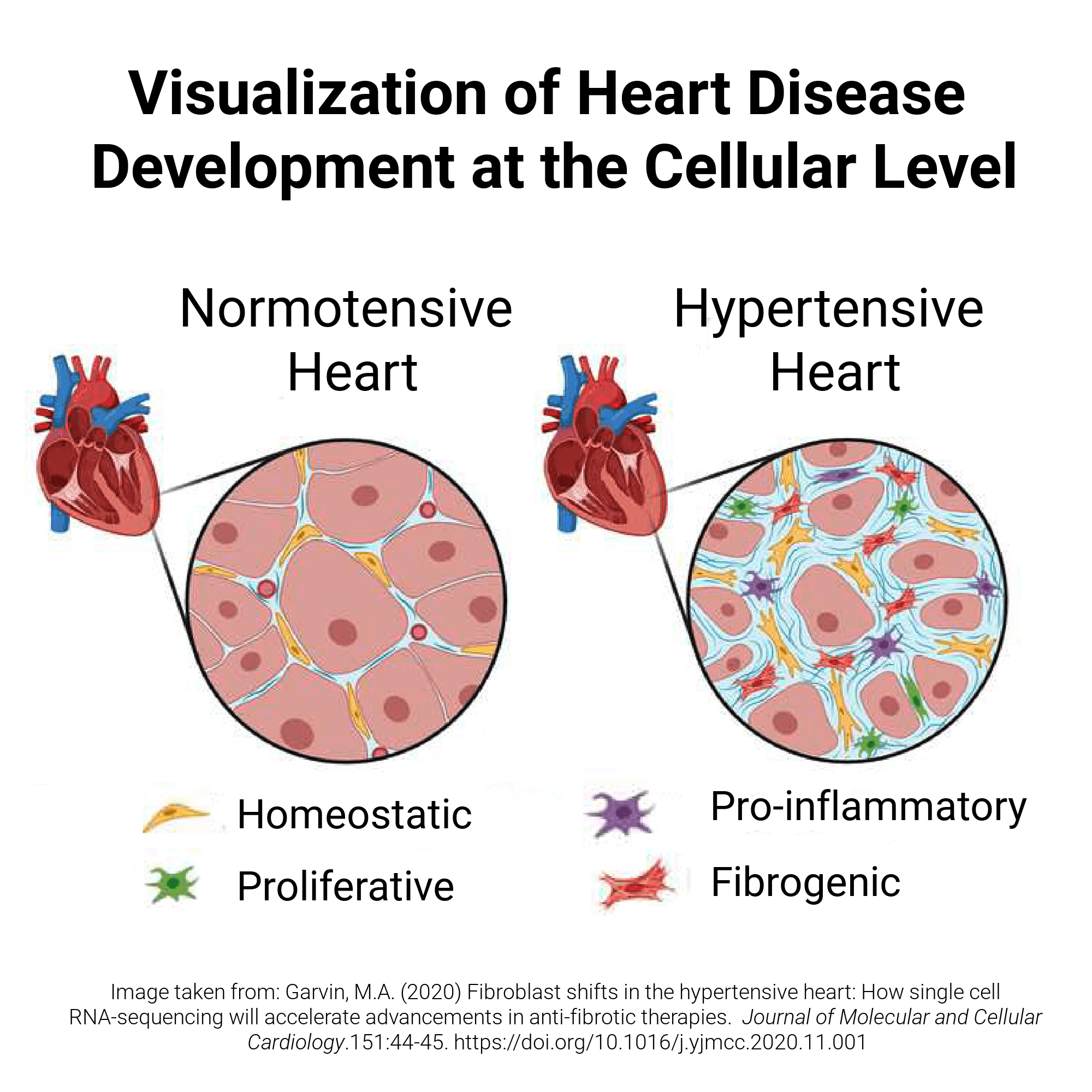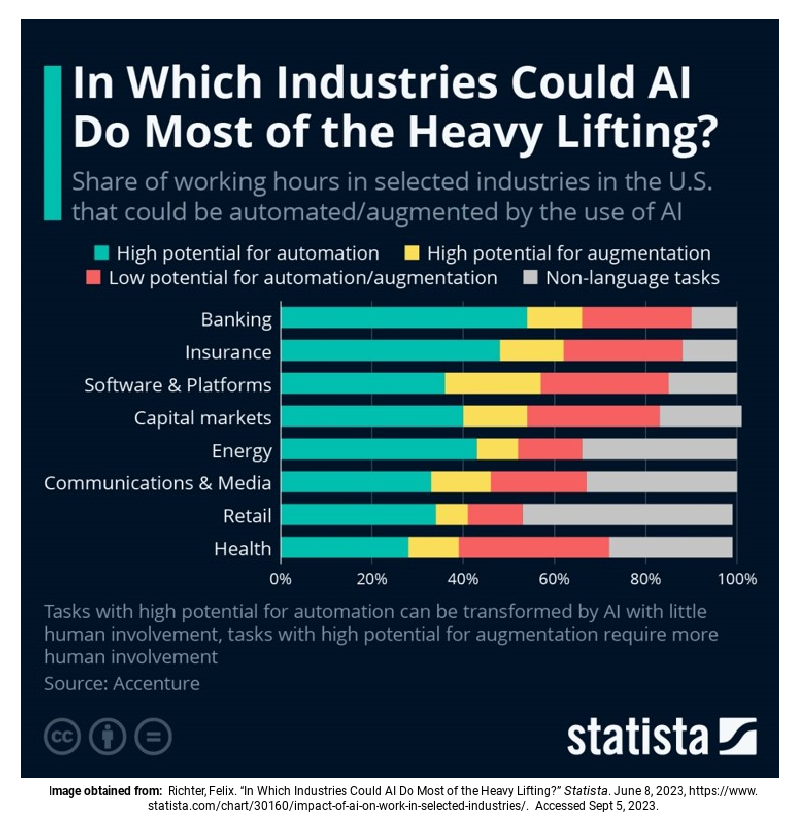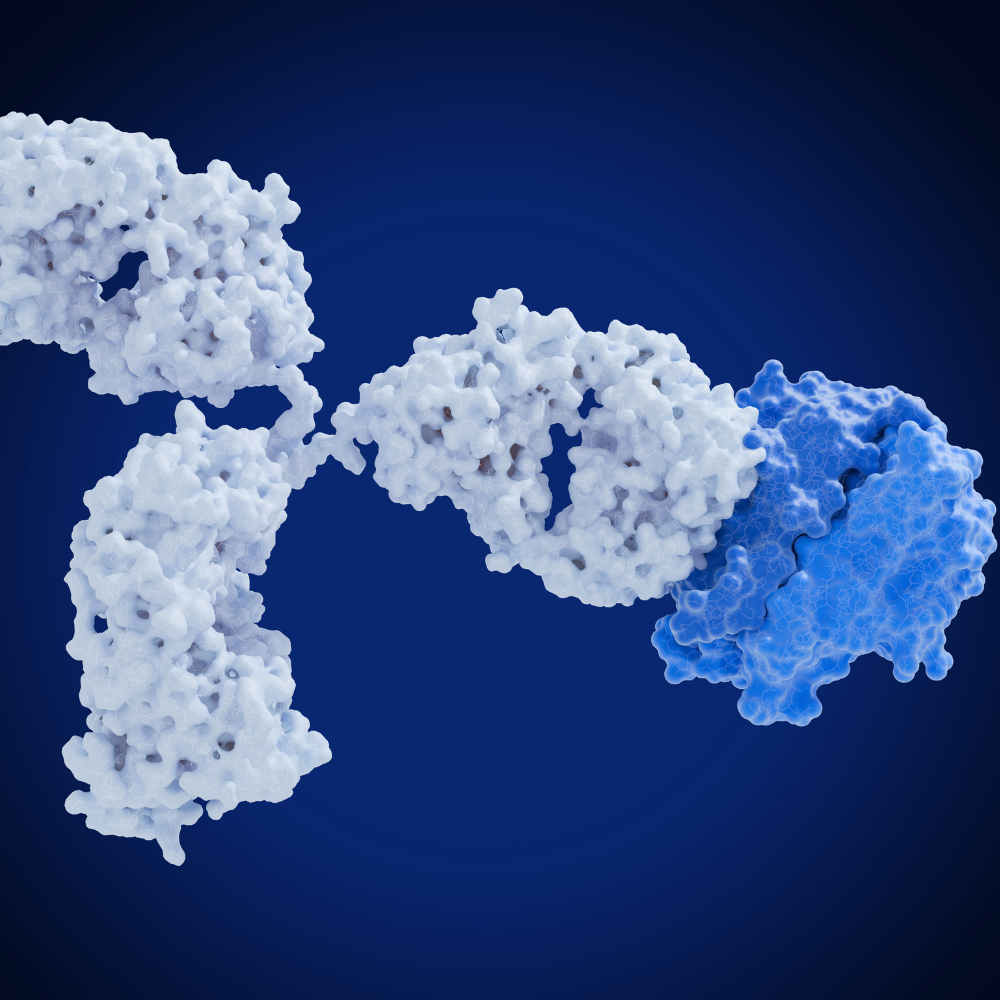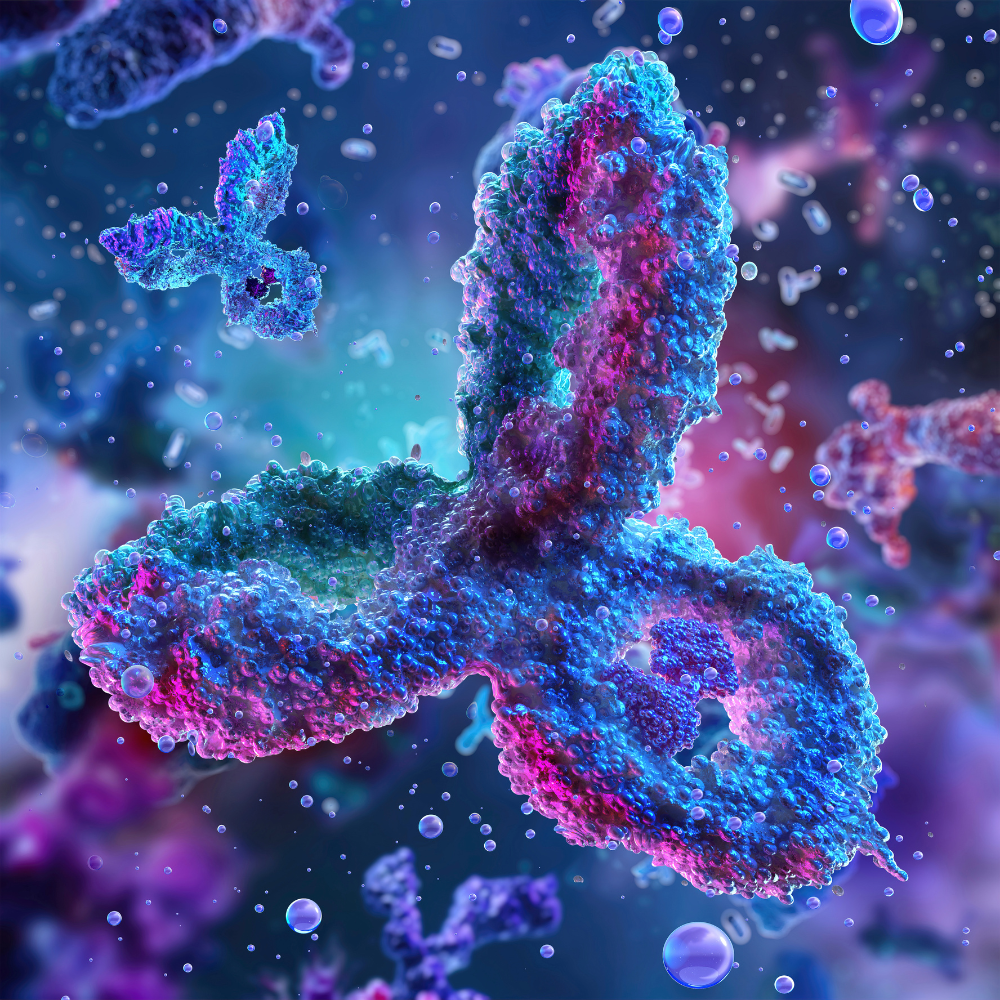Artificial intelligence (AI) is everywhere these days, and healthcare is no exception. AI-powered tools and algorithms are revolutionizing the way diseases are detected and diagnosed which is improving patient outcomes while reducing healthcare costs. Most significantly, AI holds the promise of detecting diseases earlier, with more efficiency and greater accuracy.
The Impact of AI in Diagnostics
One of the most remarkable attributes of AI is its ability to effectively handle and analyze large datasets. AI can identify patterns in data that are not immediately apparent, and in the same way that predictive mathematical models drive decision-making in the financial sector (which stocks to buy, how much to purchase, and when to sell), AI provides doctors with tools to guide their decision-making. This can help clinicians to make faster and more accurate diagnoses, develop personalized treatment plans, and monitor disease progression more effectively, thereby improving patient outcomes1.
Certain diseases such as heart disease and cancer directly change and alter tissue behavior. Heart disease can cause structural changes in cardiac tissues, such as hypertrophy fibrosis and atherosclerosis, whereas cancer causes cells to divide and grow uncontrollably, forming tumors that can metastasize and invade nearby tissues. Detecting the initial subtle changes in tissues caused by these diseases can be challenging and often are only apparent when they have progressed to more advanced stages and can be visualized with X-rays, CT scans, MRIs, and mammograms2.

AI algorithms hold the potential to detect subtle signs of diseases at an early stage, potentially leading to more successful treatments. For instance, AI can analyze medical images with high precision and identify small abnormalities or identify early-stage specific biomarkers and patterns in blood samples to determine whether someone is at risk of developing a disease. AI can integrate multiple data sources, assessing a patient’s medical history, lifestyle, and genetics, to provide a clear risk stratification to enable early intervention and mitigate disease progression.
The Lagging Adoption of AI in Healthcare
Implementing AI within healthcare is slower than within other industries, partly because of the complementary innovations and regulatory changes that need to happen first1. Current privacy regulations make it difficult to collect and pool health care data, which poses challenges in using real health data to train AI models quickly as in other industries. Regulatory innovations will be needed for AI to be realized without compromising patient rights or quality of care and questions such as (1) who owns and can use health care data (2) how AI medical devices and software are approved, and (3) where the liability lies between medical providers and AI developers, will need to be addressed3. Experts argue that using AI effectively in healthcare will inevitably require retraining the workforce, retooling health services, and transforming workflows4.
However, even though healthcare may lag other industries in terms of AI adoption, it may be the ultimate testament to the value AI can bring across many dimensions — “introducing greater productivity and responsiveness into a sector burdened by financial squeezes, paperwork and regulations, while improving outcomes in life-or-death decisions”5. From a financial perspective, in the United States, wider adoption of AI could lead to savings of 5% to 10% in healthcare spending within the next five years, according to a paper recently published by the National Bureau of Economic Research6. So along with improved healthcare quality, earlier diagnosis, increased accessibility, better patient experience, and greater clinician satisfaction, AI is posed to deliver benefits in cost control to an industry that is experiencing significantly escalating costs.

Diagnostic Technology Advancements Driven by the COVID-19 Pandemic
From every aspect, AI has the potential to deliver extraordinary improvements in healthcare, in particular, diagnostics. As noted in a recent publication on “The Potential Impact of Artificial Intelligence on Healthcare Spending” by The National Bureau of Economic Research6, “Medical knowledge is growing so rapidly that only six percent of what the average new physician is taught at medical school today will be relevant in ten years. Technology such as AI could provide valuable clinical data to the clinician at the time of diagnosis.”
Found this article interesting, and would like to read more? Learn about “Diagnostic Technology Advancements Driven by the COVID-19 Pandemic”.
References
- “How AI Can Enhance Diagnostics and Treatment Plans” Elevance Health. April 3, 2023. https://www.elevancehealth.com/our-approach-to-health/digitally-enabled-healthcare/how-ai-can-enhance-diagnostics-and-treatment-plans. Assessed Sept 5, 2023.
- Al-Antari, M.A. (2023) Artificial Intelligence for Medical Diagnostics-Existing and Future AI Technology! Diagnostics (Basel). 12;13(4):688. https://doi.org/10.3390/diagnostics13040688.
- Goldfarb, A., Teodoridis, F. “Why is AI adoption in health care lagging?”. March 2, 2022. https://www.brookings.edu/articles/why-is-ai-adoption-in-health-care-lagging. Assessed Sept 5, 2023.
- Verspoo, K., Hensen, D, Coiera, E. “AI is already being used in healthcare. But not all of it is ‘medical grade’”. June 21 2023. https://www.csiro.au/en/news/all/articles/2023/june/ai-in-healthcare#:. Assessed on Sept 5, 2023.
- McKendrick, Joe. “Healthcare May Be The Ultimate Proving Ground For Artificial Intelligence”. Forbes. Feb 22, 2023. https://www.forbes.com/sites/joemckendrick/2023/02/22/healthcare-may-be-the-ultimate-proving-ground-for-artificial-intelligence/?sh=1feb5a92b55a. Assessed Sept 5, 2023.
- Sahni, Nikhil et al. “The Potential Impact of Artificial Intelligence on Healthcare Spending”. Jan 2023. https://www.nber.org/papers/w30857. Assessed on Sept 5, 2023.



